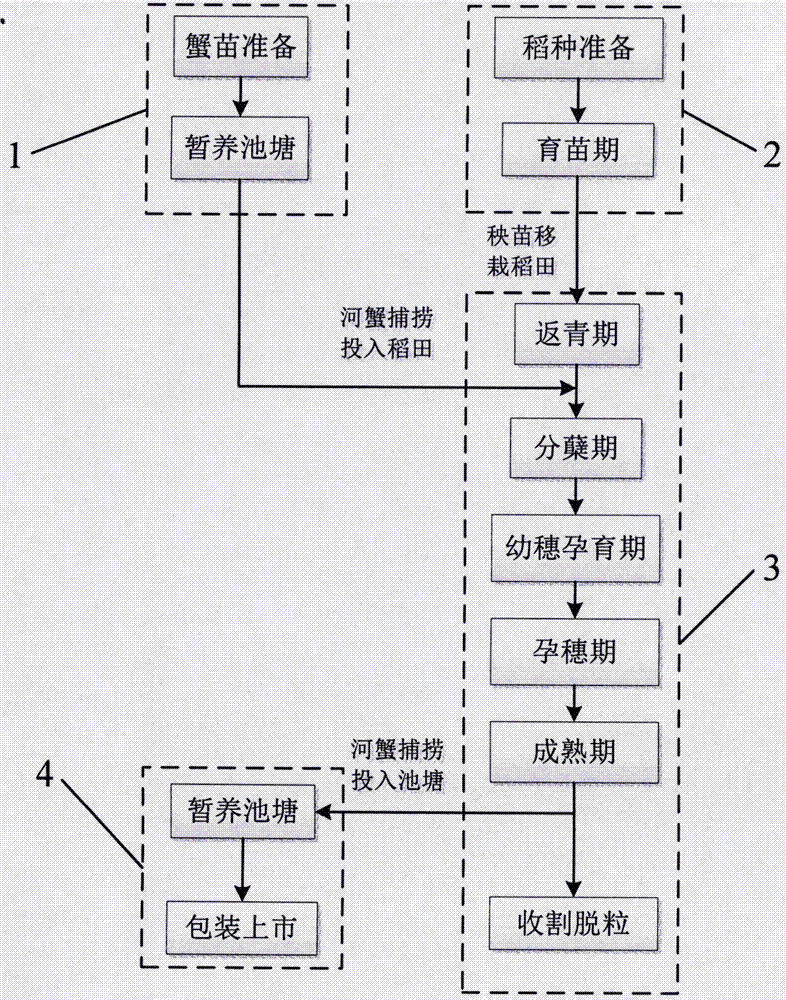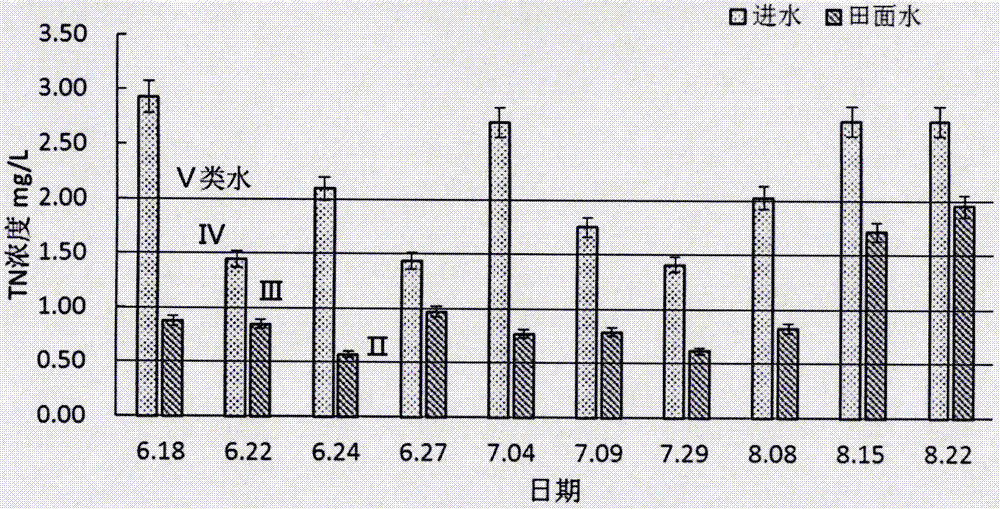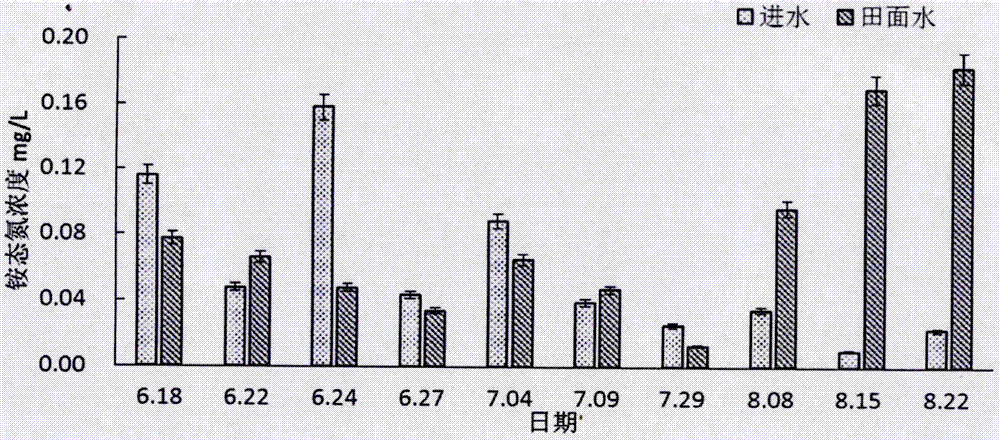Method for preventing and controlling non-point source pollution of farmland by using rice-crab coculture
A non-point source pollution, rice crab technology, applied in the directions of botanical equipment and methods, applications, rice cultivation, etc., can solve problems such as non-point source pollution in paddy fields, achieve good ventilation, and promote the growth of seedlings.
- Summary
- Abstract
- Description
- Claims
- Application Information
AI Technical Summary
Problems solved by technology
Method used
Image
Examples
Embodiment 1
[0041] Example 1: Demonstration project of rice and crab symbiosis prevention and control of farmland non-point source pollution in Eryuan County, Dali Prefecture, Yunnan Province.
[0042] In mid-March, the river crab seedlings and rice seeds were prepared. Among them, the river crab seedlings must be neat in size, robust in structure, shiny in color, free from disease and injury, and have complete appendages. The rice seeds should be selected from Chujing 28 suitable for the local natural environmental conditions in Dali City. No.
[0043] like figure 1 As shown, after the crab seedlings are purchased, centralized temporary management of river crab seedlings will be carried out from mid-March (1) until the crab seedlings can be put into rice fields in mid-June.
[0044] Matters needing attention during centralized temporary management of crab seedlings (1):
[0045] The temporary breeding place for river crab seedlings should be in a paddy field pond with convenient water ...
PUM
 Login to View More
Login to View More Abstract
Description
Claims
Application Information
 Login to View More
Login to View More - R&D
- Intellectual Property
- Life Sciences
- Materials
- Tech Scout
- Unparalleled Data Quality
- Higher Quality Content
- 60% Fewer Hallucinations
Browse by: Latest US Patents, China's latest patents, Technical Efficacy Thesaurus, Application Domain, Technology Topic, Popular Technical Reports.
© 2025 PatSnap. All rights reserved.Legal|Privacy policy|Modern Slavery Act Transparency Statement|Sitemap|About US| Contact US: help@patsnap.com



